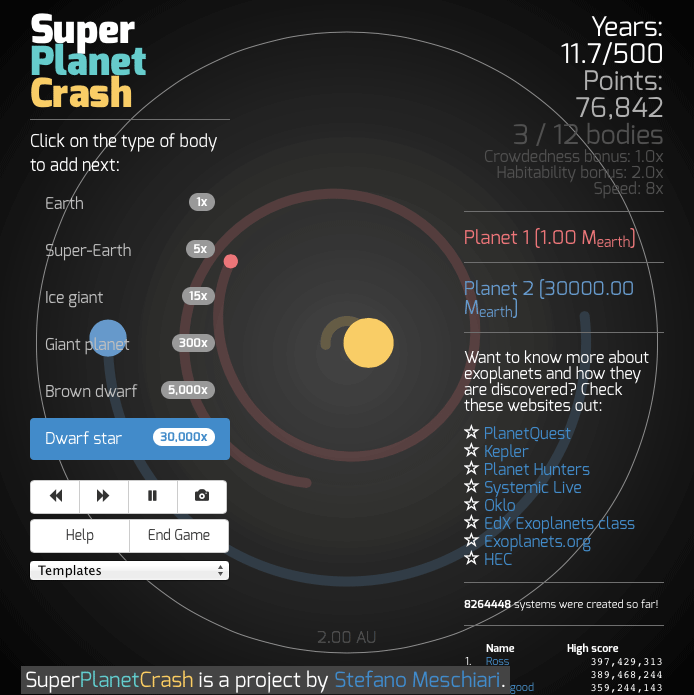Week 166 share its name with the 166 Rhodope main belt asteroid. 167 Urda is also a main belt asteroid sharing its name with our week 167. Our weeknotes have seemingly turned into fortnightly or thrice nightly notes without much warning. These last three weeks have been packed-full of holidays. Week 166 was Easter, so everyone was off on Thursday and Friday. Week 167 had Easter Monday off, then Thursday was the First Day of Summer holiday here in Iceland. It has only been a 3 day week. Combined, the last two weeks have only had 6 working days. It is nice to have a break, but then our weeknotes stretch a bit longer than they should.
Week 168 was also full of surprises! This week also has an asteroid counter-part named 168 Sibylla, another large main-belt body. This week we also celebrated the First of May as May Day, workers day – a public holiday. Iceland has seemed to cram all their holidays into a very short time period, which means lots of time off, but lots of extra time to meet deadlines.
We’ve moved forward on a few projects here and there, had a few more meetings and re-kindled some projects from older customers.
The Mosfell project has passed through the first round of testing with unknowing participants, next we’ll be testing with a few people inside the admin tool. We’ll probably run into a few new issues there which need ironing out, then it should be ready for the public to try.
We had another meeting this week which was a bit of a ghost from the past. Over the last few years we’ve done a lot of work around calendars, from hCalender microformats, to UEFA calendars to other local and international sites. That was part of the idea behind the Bláfell project, a single, dump time related repository with clear and simple access controls. A smaller version of this is currently being spec’ed out for a customer to see if this is the right way to go for them.
We’ve also been doing lots of research into other areas, scoping out vendors for new projects and finding partners in areas we’re not as strong. It should be an exciting next 6-12 months.
Web Coverage
Every once and awhile someone finds an article on (optional.is) interesting enough to link to or share. In week #166 had a link to the Meyrin Terminal Font article appear on Hacker News. It drove almost a year’s worth of traffic to the site in just 2-3 days. Hopefully a few people sign-up for the RSS feed, the newsletter or comeback and think we’re interesting.
Kickstarter
Our kickstarter project for the LatLon notebooks was an incredible success! The project ended in week #167 and in week #168 the final call for credit card processing happened with only 4 out of 474 people having bad card details and not updating them. We sent out the surveys to collect design and paper preferences along with shipping addresses. 400+ people have already responded. We’re shipping to at least 37 different countries – which is amazing. There is roughly a 60/40 split between grid and blank pages. Easter island is so far the notebook of choice, quickly followed by St. Helena.
In a few weeks time, we’ll put together a much more in-depth write-up of the whole process from start to finish.
Super Planet Crash
If you haven’t seen super planet crash you should check it out. You design your own solar system by introducing different planet and star types, then simulating their movements for 500 years. If it is stable and nothing crashes, you accrue points. The more difficult the design, the more points.
Bric-à-brac
For the 2014 Milan Design Week, artist Richard Hutten created this Cloud Chair. It is build-up of layers upon layers of Kvadrat fabric. This video shows you the CNC cutouts being stacked together to form the final piece. It consists of 545 layers and over 240 hours to assemble. It is a pretty impressive, but how does it feel?
Using an projector, an Xbox Kinect and a sandbox, this system is simulating a terrain map. As you scoop out sand or build-up piles the Kinect detects the 3D space and tells the projector to shine down water, mountainous terrain or even an erupting volcano. The most interesting part of the system is the quick feedback. As you dig, it updates showing a much fast cause and effect loop.
